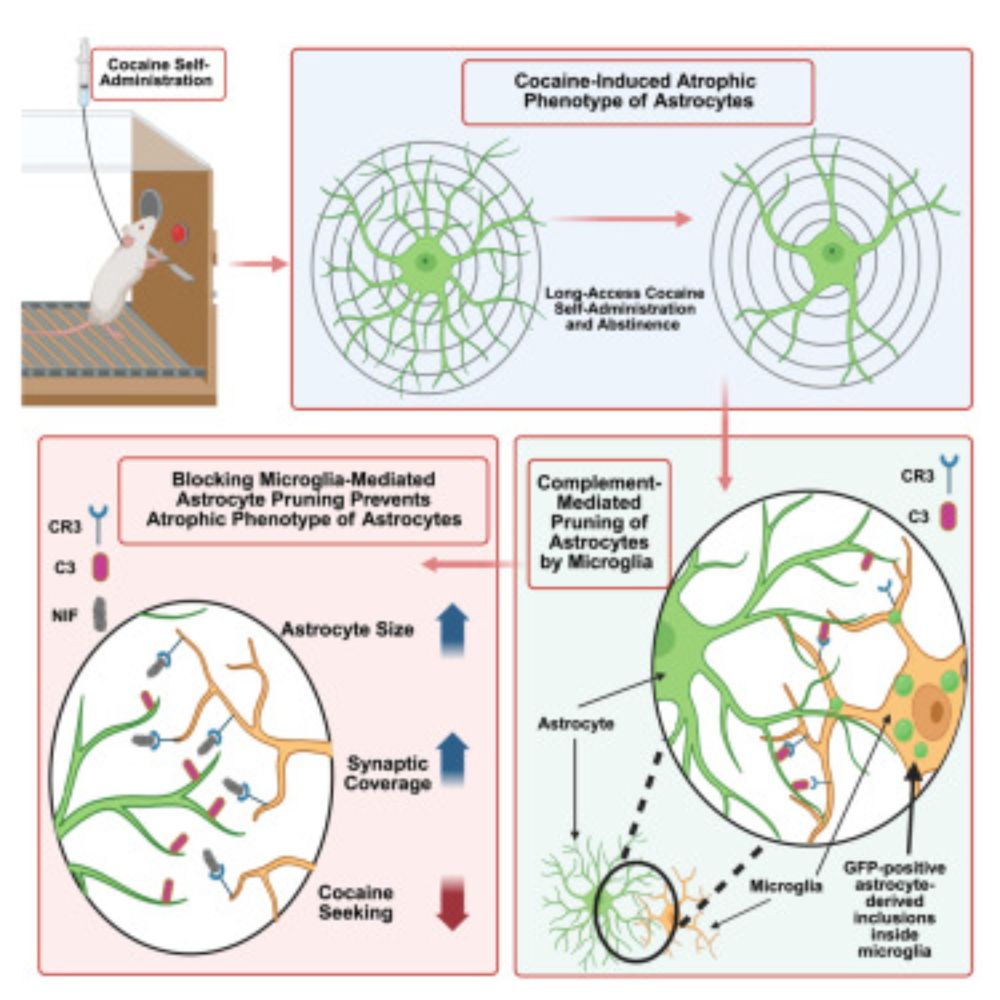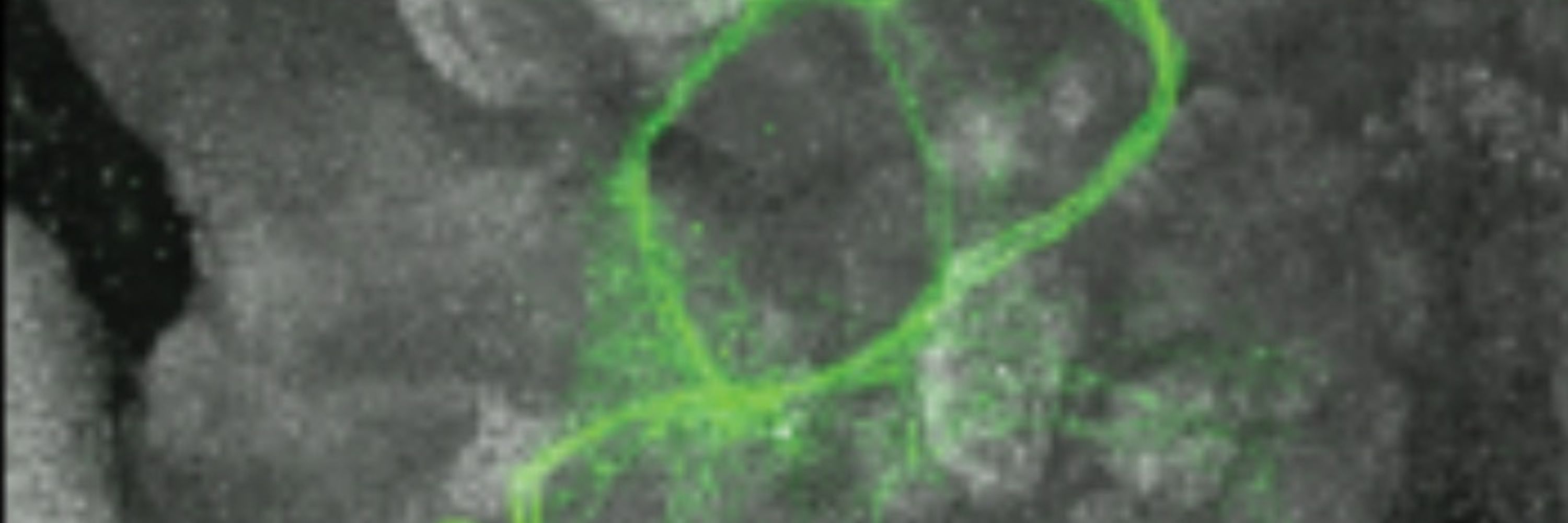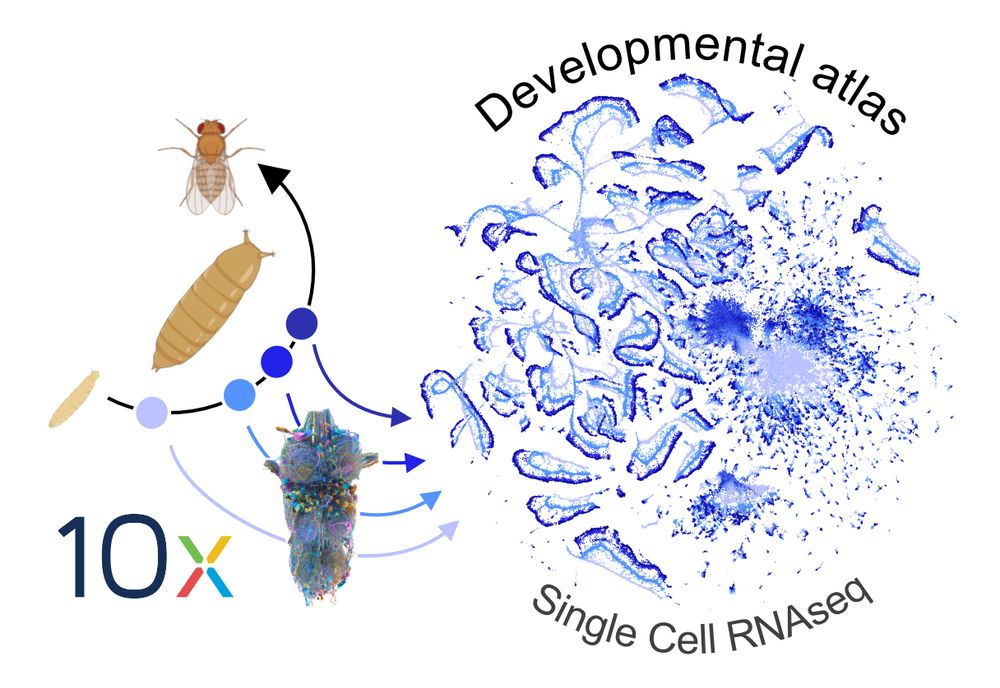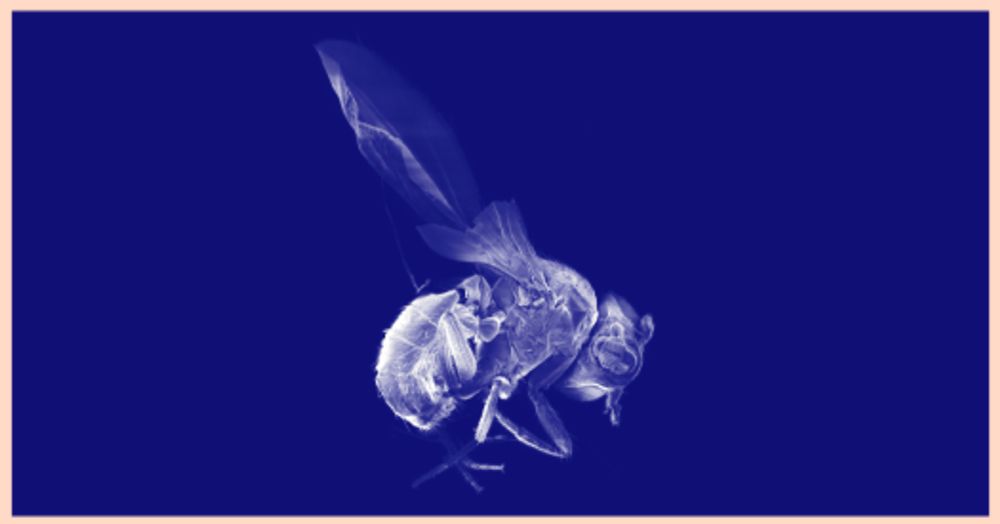Catherine (Katie) Schretter
@ceschretter.bsky.social
560 followers
420 following
26 posts
Postdoc in the Rubin lab at Janelia | Neuronal circuitry underlying social behavior | Host-microbe interactions | Ph.D. Caltech | she/her | https://www.janelia.org/people/katie-schretter
Posts
Media
Videos
Starter Packs
Pinned
Reposted by Catherine (Katie) Schretter
Reposted by Catherine (Katie) Schretter
Reposted by Catherine (Katie) Schretter
Reposted by Catherine (Katie) Schretter
Reposted by Catherine (Katie) Schretter
Reposted by Catherine (Katie) Schretter
Reposted by Catherine (Katie) Schretter
Reposted by Catherine (Katie) Schretter
Reposted by Catherine (Katie) Schretter
Reposted by Catherine (Katie) Schretter
Venki Murthy
@neurovenki.bsky.social
· Sep 1

Mice navigate scent trails using predictive policies
Animals actively sense their environment to extract features of interest to guide behaviors. For mammals, odors are prominent environmental features which are sampled by active modulation of sniffing ...
www.biorxiv.org
Reposted by Catherine (Katie) Schretter
Reposted by Catherine (Katie) Schretter
Philipp Brand
@pbrand.bsky.social
· Aug 21

Strain variation identifies a neural substrate for behavioral evolution in Drosophila
Sexual selection acts on heritable differences within species, driving the parallel diversification of signal production in one sex and behavioral responses in the other. This coevolution implies that...
www.biorxiv.org
Reposted by Catherine (Katie) Schretter
Reposted by Catherine (Katie) Schretter
Piali Sengupta
@senguptalab.bsky.social
· Aug 15
Reposted by Catherine (Katie) Schretter
Jonathan VanRyzin
@jwvanryzin.bsky.social
· Aug 13

Abstinence from cocaine self-administration promotes microglial pruning of astrocytes, which drives cocaine-seeking behavior
Rodent drug self-administration leads to a compromised ability of nucleus accumbens astrocytes to maintain glutamate homeostasis as well as to reducti…
www.sciencedirect.com
Reposted by Catherine (Katie) Schretter
Reposted by Catherine (Katie) Schretter
Tyler Ryan Sizemore
@tsizzle2.bsky.social
· Aug 13

Desynchronized Somas and Terminals in a Morning Clock Neuron: Presynaptic Ca2+ Spiking and Native Neuropeptide Release Peak As Somatic Ca2+ Declines
Drosophila sLNv clock neurons release the co-packaged neuropeptides PDF and sNPF to regulate circadian behaviors (e.g., morning anticipation) and nighttime sleep1-3. Previous studies of membrane poten...
www.biorxiv.org
Reposted by Catherine (Katie) Schretter
Reposted by Catherine (Katie) Schretter
Tera Levin
@teralevin.bsky.social
· Aug 5

Hypermutable hotspot enables the rapid evolution of self/non-self recognition genes in Dictyostelium
Cells require highly polymorphic receptors to perform accurate self/non-self recognition. In the amoeba Dicytostelium discoideum, polymorphic TgrB1 & TgrC1 proteins are used to bind sister cells and e...
www.biorxiv.org
Reposted by Catherine (Katie) Schretter
Reposted by Catherine (Katie) Schretter
Meg Younger
@megyounger.bsky.social
· Jul 31

Recurrent connectivity supports carbon dioxide sensitivity in Aedes aegypti mosquitoes
The mosquito Aedes aegypti′s human host-seeking behavior depends on the integration of multiple sensory cues. One of these cues, carbon dioxide (CO2), gates odorant and heat pathways and activates hos...
doi.org
Reposted by Catherine (Katie) Schretter












